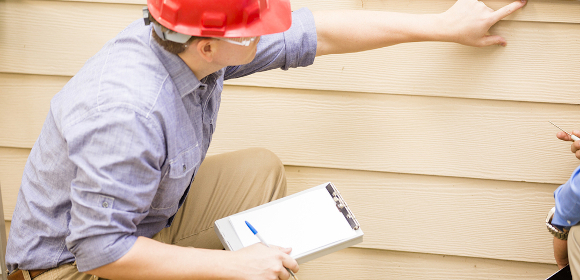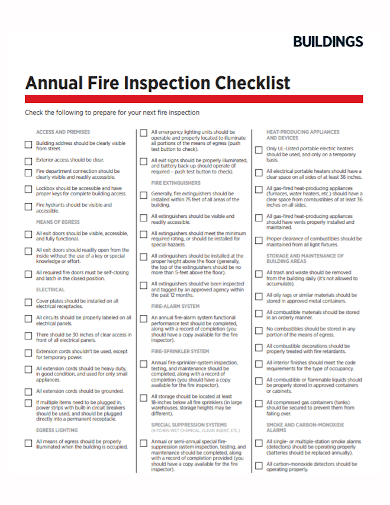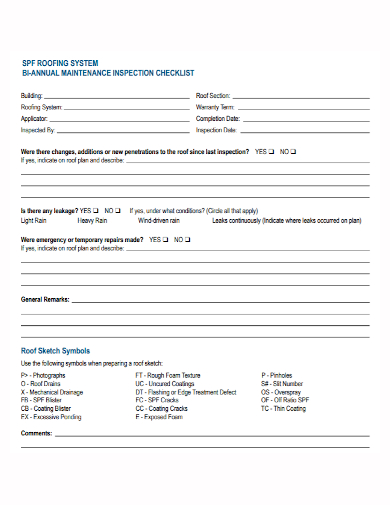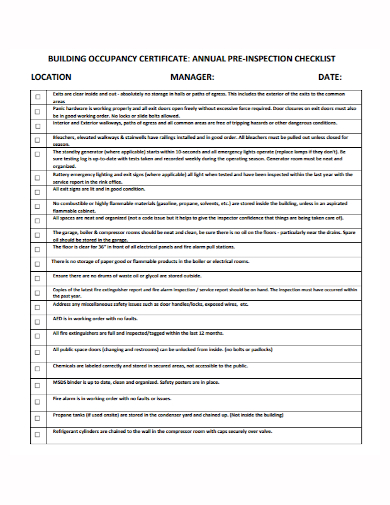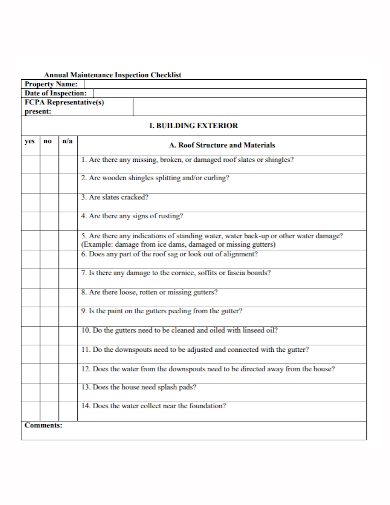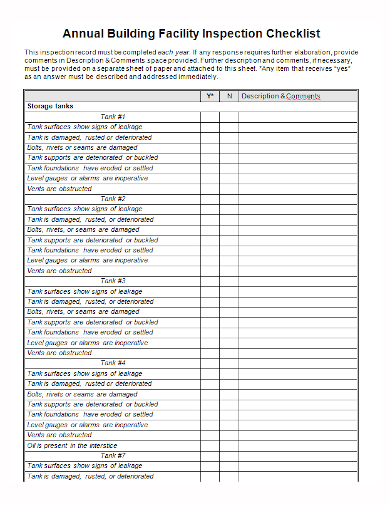Workplace and environmental safety is and should be paramount in every worksite in the world. Anywhere and everywhere, workers and other individuals have a legal right to be safe on site, no matter the environment that they will be exposed to, and employees and building owners are only right to make sure that nothing happens to their tenants. In office spaces and other worksites that operate in and around a building, it is important that employees, residents, or just basically everybody, are provided with that sense of safety and security for their day to day activities. Not only does that protect the welfare of the people in and around the building, it also keeps business operations smooth by avoiding accidents that could hinder your whole business operation.
Aside from having well established safety and emergency plans, fire plans, or even evacuation plans, your building should have another system that can support these safety plans to ensure the safety and security of the people that will be using the building. Make sure that these parameters are constantly followed up, up to regulation, and that they are actually effective. A routine inspection of these components should be able to make sure that every protocol in and around your building is up to date, working properly, and actually provides some sort of safety. Inspections are just as important as the systems that you have in place. To further supplement the parameters that you have in place, you’re going to need a comprehensive and effective enough checklist for the inspection that you will be doing. First, check out these annual building inspection checklist samples that we have listed for you down below. Once you have acquainted yourself with the document, feel free to use these samples as guides or even as templates for when you decide to write your own building inspection checklist.
5+ Annual Building Inspection Checklist Samples
1. Annual Building Fire Inspection Checklist
2. Annual Building Maintenance Inspection Checklist
3. Annual Building Pre-Inspection Checklist
4. Annual Building Exterior Inspection Checklist
5. Health Safety Annual Building Inspection Checklist
6. Annual Building Facility Inspection Checklist
What Is an Annual Building Inspection Checklist?
Inspection checklists are tools used by safety officers or inspectors to perform critical examinations and inspections on site. It should be able to cover every aspect of the work environment, in and around the building, that is involved in any work related operation. A checklist makes sure that the inspection that is being conducted goes well and smooth by establishing a guideline that the inspector needs to follow taking every component that needs to be covered into account during the inspection. The checklist can help thoroughly assess the safety of the environment and actively addresses hazards that could lead to fatal but completely preventable worksite related accidents. With the aid of a well drafted inspection checklist, safety inspectors and supervisors should be able to examine the activities and events that could lead to it becoming a potential safety hazard in the future. Building inspection checklists should be specific depending on the building or the nature of the activity that is prevalent on site.
What Should Be Included in an Annual Building Inspection Checklist
Building inspection checklists should be tailored to the given environment or the nature of the operations that will be conducted in the building. For example, office spaces might focus on fire safety, emergency evacuation, and employee ergonomics. While factories and warehouses might focus on the PPE of every employee, racks, shelving, manual handling of goods and supplies, forklifts and other heavy machinery, and signage. Overall, it is important that you are able to make sure that every aspect of the building, its intricacies in and out, has to be covered and taken into account within the checklist. The best inspection checklist for a building is one that has been tailored for the specific needs of the building. Whatever format or shape your inspection checklist may take, make sure that you are able to provide space for the name of the inspector, signature, and the date of when the inspection took place. Listed below are some of the most basic components that you have to include within your annual building inspection checklist.
- Environment
- Containers
- Electrical
- Fire protection and prevention
- Hazardous materials and equipment
- Materials handling
- Personal Protective Equipment (If there is any)
- Storage facilities
- Paths and Walkways
- Safety Devices
- Control panels
- Hygiene and first aid facilities
- Powered equipment and other electronic devices
- Security systems and security guards
- Psychosocial hazards
That should be able to cover just about everything. More specific components may be included, but that depends entirely on the nature of your building and its overall purpose. Make sure to keep that in mind, to have everything covered.
FAQs
Who make sure that the building is safe?
A building and construction inspector if often employed by the city to conduct a building safety inspection periodically. These inspectors make sure that these infrastructures are safe to use by enforcing the city building code.
What is a safety procedure?
A safety procedure is a step by step plan of how a safety inspection should be done. It’s a document that is often put together by groups or by safety supervisors within the organization.
How important is safety?
A safe and secure workplace not only protects its inhabitants from illness and injury, it also lowers the cost of any building or environment related accidents on site. Safety is and will always be paramount for every business, and since employees and inhabitants of the building have a legal right to be safe and healthy on site, employers and landlords are only right to make sure that it is so.
The core purpose of every building is to be able to prove shelter and security for any individual that may be residing inside. Keep your building safe, keep your employees coming to work, keep your customers happy and secure, and you’ll be sure to be successful as you continue moving forward.
Related Posts
FREE 14+ Sample Maintenance Log
FREE 11+ Weekly Construction Report Samples
FREE 11+ Safety Audit Report Templates
FREE 10+ Commercial Lease Checklist Samples
FREE 10+ Parking Lot Permit Application Samples
FREE 10+ Food Safety Report Samples
FREE 9+ Internal Audit Checklist Samples
FREE 9+ Sample Quality Reports
FREE 6+ Coaching Session Checklist Samples
FREE 57+ Evaluation Forms
FREE 56+ Checklist Samples
FREE 18+ Audit Checklist Templates
FREE 15+ Checklist Samples
FREE 11+ Sample Inspection Reports
How to Write an Auto Repair Estimate?
